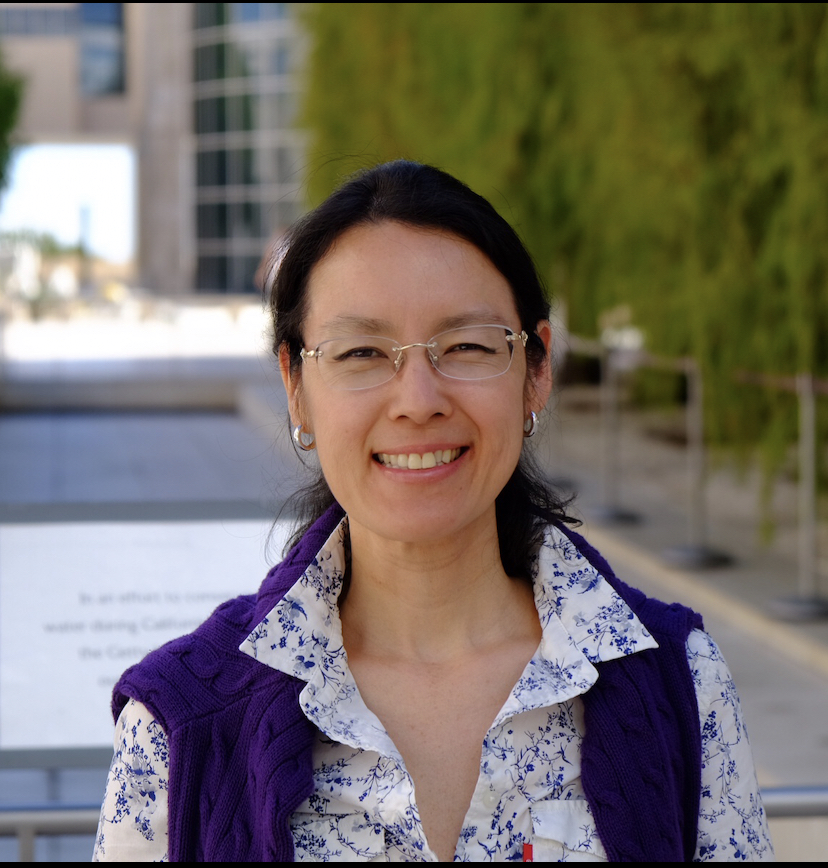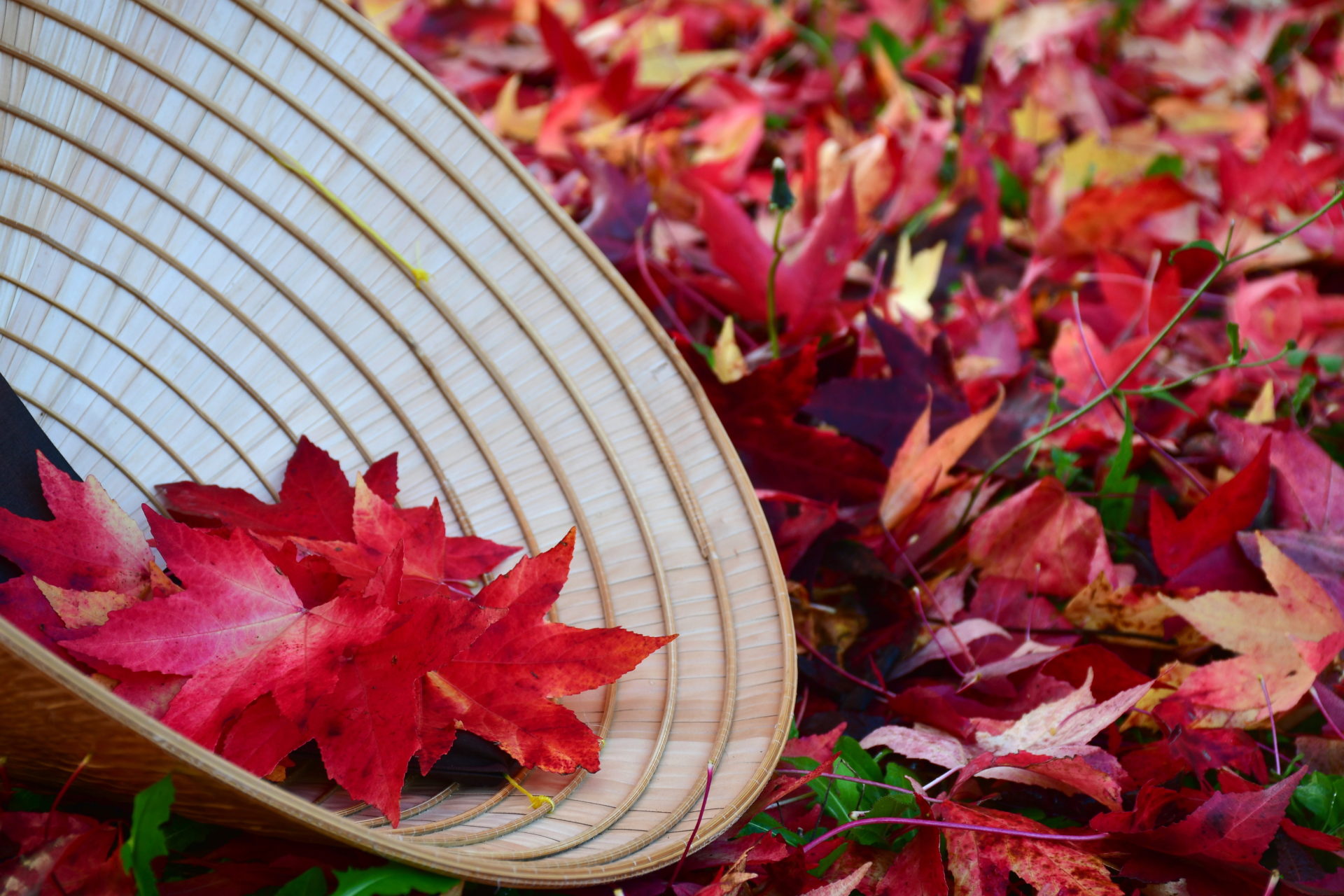
I live in Brazil—a gigantic Latin American country, with a population of over 211 million people. Despite its natural beauty, great diversity, and wonderful people, the country struggles with corruption, poverty, and a train of failed political and economic programs. It’s coupled with a government unfit to manage the public health system that collapsed when the pandemic started. Amid this turmoil, the Plum Village-based Sanghas have been a small oasis,

I live in Brazil—a gigantic Latin American country, with a population of over 211 million people. Despite its natural beauty, great diversity, and wonderful people, the country struggles with corruption, poverty, and a train of failed political and economic programs. It’s coupled with a government unfit to manage the public health system that collapsed when the pandemic started. Amid this turmoil, the Plum Village-based Sanghas have been a small oasis, and I am fortunate to practice in one of them.
Building a Sangha and seeing it grow throughout the years warms my heart. When a Sangha flourishes, a flower blooms in the heart. But I must confess that, for a long time, I felt a void inside—almost like a pang of guilt for living in a country seeking justice and social welfare. I did not know how to practice engaged Buddhism, which has been truly nurtured and developed by our teacher Thich Nhat Hanh.
Yes, I’ve always been aware that engaged Buddhism, so often associated with external movements, also involves an internal transformation, which I seek to achieve through my practice. However, I’ve had a difficult time understanding the intricacies of the political, economic, and social systems of my country. For a long time, I was embarrassed about not being able to do something for the betterment of society despite my diligent work as a Sangha builder. I was aware of the possibility of experiencing the miracle of mindfulness in the mind and body but did not know how to expand that outward.
What awakened me to the practice—and, ultimately, led me to Plum Village—were deep emotional issues related to the lack of love for my inner child and, as a result, the lack of love for the adult person that I had become. Thay and the fourfold Sangha showed me the way to recognize and transform these seeds of rejection and self-criticism. The more I practiced, the more I recognized these seeds and could see them not only in me but in many other people around me. I realized that this lack of love for one’s inner child is very common, and I wished other people would also have the opportunity to touch these seeds and, potentially, transform them.
While it is true that concentration cultivated by meditation is very important to this transformation, Thay teaches us that this healing process includes a couple of steps: stopping, calming, and resting. This allows us to look deeply at our inner child—this time, through the eyes of understanding and love.
With time, I came to understand the importance of stopping and the power that loving kindness and deep relaxation have over our body and mind.
More recently, following a global trend, meditation and mindfulness practices have gained momentum in my country as a possible alternative to deal with physical and emotional health issues. I slowly entered into this universe at a time when Buddhism was not so widely accepted among health-related meditative practices. But, somehow, things gradually changed and suddenly I found myself involved in a project to provide emotional support to health care professionals during the pandemic. My task was to write short guided meditations for heroes who risked their lives to help people they barely knew.
At first, the idea seemed awkward: short audio recordings to bring relief and emotional support. It sounded to me like an audio version of a self-help book, a quick fix for the mishaps of everyday life. However, the invitation came from a highly respected doctor, a specialist in palliative care, who has always inspired me to be a better person because of her humane approach. Fortunately, that quick-fix perception disappeared right away, and I heard myself saying yes to what would unfold into a series of meditation podcasts in a larger project involving experts in music therapy, poetry, and technical and psychological counseling for COVID-19 frontline workers.
Taking refuge in our tradition, I decided that the meditation audios should be based on loving speech and deep relaxation. The response of health care professionals showed that we were on the right track: even though they needed orientation to enhance their focus and concentration, they first needed to stop, rest, breathe, and take care of the inner child that was scared and exhausted in that pandemic moment. They barely had any time to fend for themselves, but the idea was for them to practice with the audio recording while commuting to or from work, or even during a shift in the poor conditions of a public hospital.
These health care professionals struggling with burnout helped me realize that, in times of extreme tension and exhaustion, practicing total relaxation, smiling at the body, and letting it rest—even if for a brief moment—can literally save lives. In moments of fear and profound isolation, listening to the soothing and gentle voice of another human being—even if through a recording—can keep you emotionally sane.
I continued doing that for a few months, writing and recording guided meditations that could help these health care workers to connect with their bodies and their breathing and get some rest, even if it meant a two-minute nap or a slight drop in their cortisol levels. I also realized that if any relief were possible under those radical circumstances, it would not come from long periods of meditative concentration, but from a short yet gentle breathing space. The project was successful and grew into another project in progress—this time involving compassionate listening and relaxation.
The best medicine is to provide healthy conditions so that the seeds of love and relief may manifest. Thanks to the teachings of Thay—particularly deep listening—and the support from the practice in Sangha, I could understand what was necessary and possible to provide some emotional relief to frontline workers. I realized that there is no one-size heart when we are willing to help: we can expand it, shape it, and make room for the necessary conditions to manifest.
While all this happens, my inner child becomes stronger, and then falters, and becomes stronger again; little by little she feels more engaged in the Dharma. At some given moments that original embarrassment even vanishes.
It will take time before the health care scenario in Brazil improves, or Brazilians realize that we should “inter-care.” But in a recent text message after an online retreat, Brother Phap Luu wrote: “It pains me to see the suffering Brazil is going through right now. Yet, there are also beautiful things manifesting.”
Fear and sadness still linger, but in their presence my inner child stops, breathes, and embraces them. And then she smiles, recalling that we all have the capacity to open our hearts so that all these beautiful things may manifest.

Denise Sanematsu Kato, True Happy Peace, practices at Sangha Plena Consciência in São Paulo, Brazil, and provides meditation-based therapy services to health care workers and patients.

